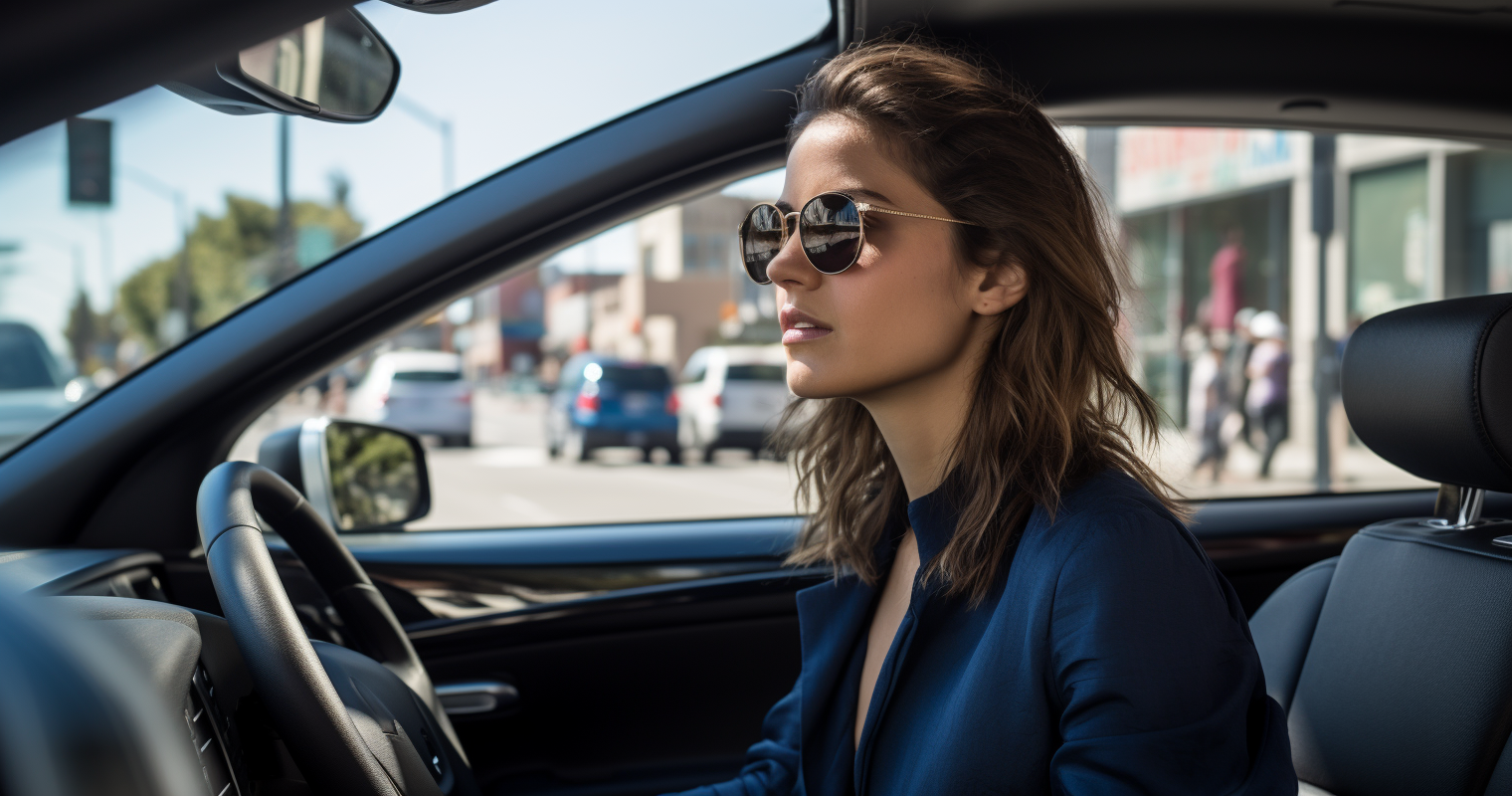If you plan on driving in Qatar, it’s important to be aware of the local driving rules and regulations. In this article, we’ll cover road safety, required equipment, road accident protocols, driving rules, road signs, traffic lights, traffic info resources, and parking rules.
Road Safety in Qatar
Road safety is a priority in Qatar, with the government implementing measures to reduce the number of road accidents and fatalities. The quality of roads in Qatar is generally good, with major highways and urban roads in good condition. However, rural roads can be less well-maintained. Local driving standards are generally good, with drivers following the rules of the road.
Required Equipment
When driving in Qatar, there are certain items that you must carry in your car. These include:
- Warning triangle: You must carry a warning triangle and use it in the event of an accident or breakdown.
- Fire extinguisher: You must carry a fire extinguisher in your car.
- First aid kit: You must carry a first aid kit in your car.
Road Accidents
In the event of a road accident in Qatar, drivers are required to follow certain protocols. If anyone is injured or there is damage to property, you must stop and offer assistance. You should also contact the police and exchange details with the other driver.
If you’re involved in a hit-and-run accident, you should report it to the police immediately. Failure to stop at the scene of an accident is a criminal offense in Qatar.
Driving Rules
When driving in Qatar, there are certain rules that you need to follow. These include:
- Drive on the right side of the road: In Qatar, you must drive on the right-hand side of the road.
- Stick to the speed limits: The speed limit in built-up areas is 60 km/h, on rural roads 100 km/h, and on highways 120 km/h.
- Give way to the right: When approaching an intersection, you must give way to traffic coming from your right, unless otherwise indicated.
- Don’t use your phone while driving: It’s illegal to use your phone while driving, even if you’re using a hands-free device.
It’s also important to be aware of pedestrians and cyclists when driving in Qatar, particularly in urban areas. Pedestrians often cross the road without using a designated crossing, so drivers must be vigilant.
Road Signs and Traffic Lights
Road signs in Qatar are clear and easy to understand. Here are some of the most important ones to look out for:
- Stop sign: This is a red octagon with the word “STOP” written in white letters.
- Give way sign: This is a red triangle with a white border and the words “GIVE WAY” written in white letters.
- No entry sign: This is a red circle with a white border and a black diagonal line.
Traffic lights in Qatar follow the standard red, amber, and green sequence.
Traffic Info Resources
If you’re driving in Qatar, it’s important to stay up-to-date with traffic information. Here are some useful resources:
- Qatar Ministry of Interior: The Qatar Ministry of Interior provides up-to-date information on road works, traffic incidents, and other news related to transport in Qatar.
- Google Maps: Google Maps is a reliable resource for traffic information, providing real-time updates on congestion and travel times.
Parking Rules
Parking in Qatar can be challenging, particularly in urban areas with high populations of expats. Here are some useful rules to keep in mind:
- Paid parking: In many urban areas, you must pay for parking on the street. Payment can be made at a ticket machine or via a mobile app.
- Parking permits: Some areas require a parking permit to park on the street. These permits are issued by the local council and are often only available to residents.
- Disabled parking: Blue disabled parking cards are recognized in Qatar, allowing drivers to park in disabled spaces and on street parking for free.
It’s important to note that parking illegally in Qatar can result in a fine or your car being towed away.
Driving in Qatar can be a safe and enjoyable experience, with good quality roads and local driving standards. Make sure to carry the required equipment in your car and follow the driving rules, including driving on the right side of the road and sticking to the speed limits. Be aware of potential hazards on the roads and follow the protocols in the event of a road accident. Stay up-to-date with traffic information and be mindful of parking rules, particularly in areas with high populations of expats. By doing so, you can enjoy a safe and hassle-free driving experience in Qatar.

